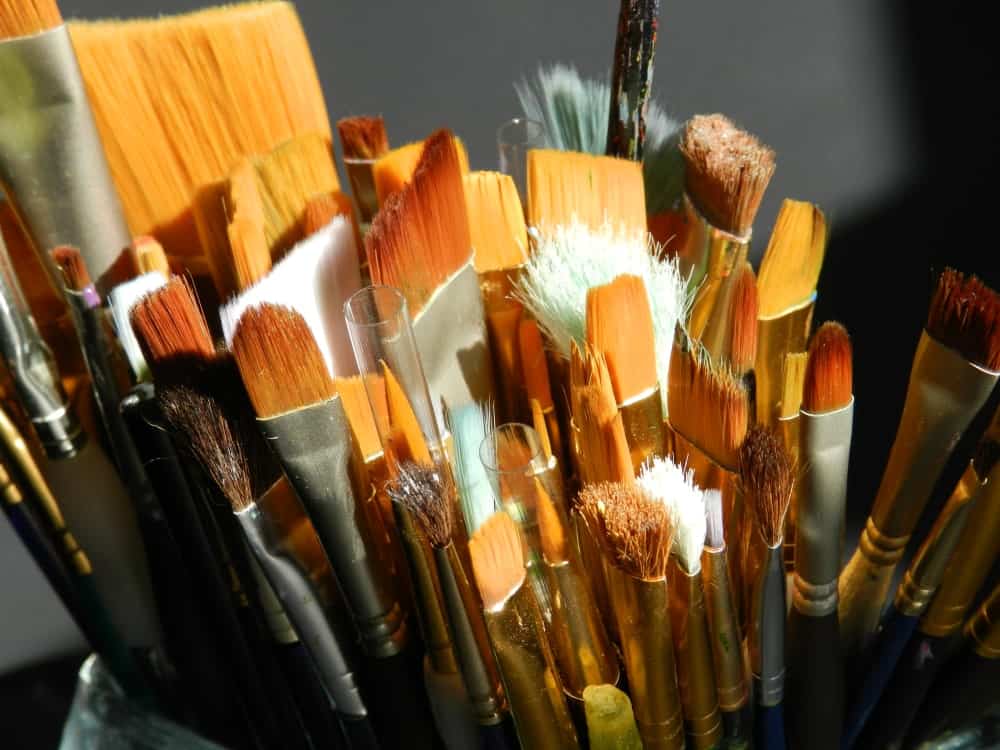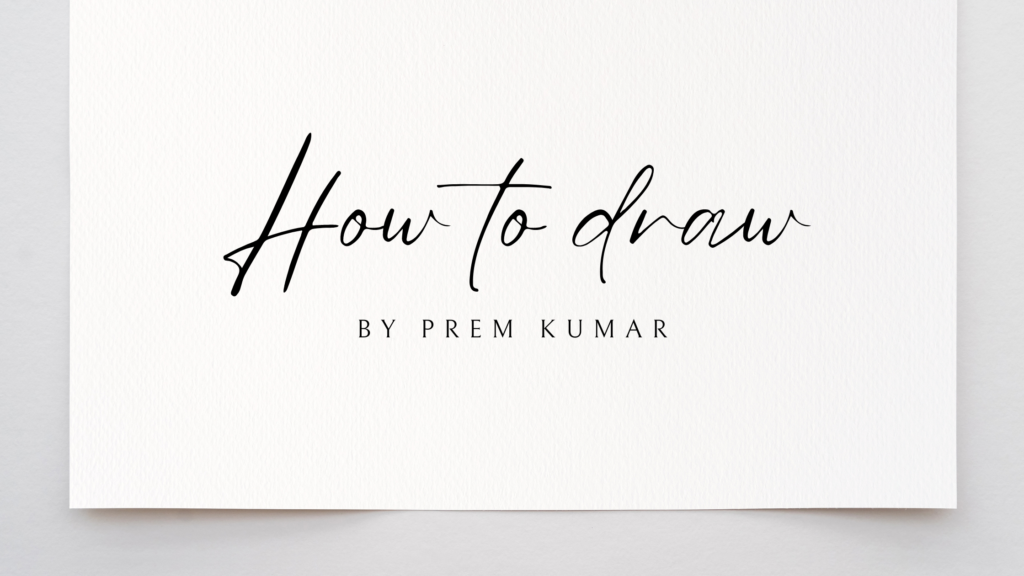With a decade of expertise in the captivating realm of acrylic painting, my understanding of Brush selection’s crucial role in bringing a canvas to life runs deep. The right brushes can transform your artistic vision into a vibrant masterpiece. In this how-to tutorial, I’ll guide you through the intricate process of brush selection for acrylic painting, ensuring that your artistic endeavors are not only enjoyable but also yield spectacular results
Recognizing Brush Shapes:
The first step in selecting the best brushes for acrylic painting is to become acquainted with the various brush shapes available. Each form has a specific purpose, allowing artists to create unique effects. Here are some examples of popular brush shapes and their uses:
1. Round Brushes: These multi-purpose brushes are ideal for delicate details, precise lines, and controlled strokes. They are available in a variety of sizes, with smaller rounds good for delicate work and larger rounds ideal for wide strokes.
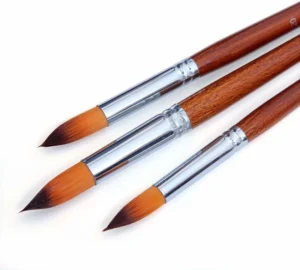
2. Flat Brushes: Flat brushes with a square-shaped tip are great for covering big areas and generating dramatic, sweeping strokes. They are essential for laying down a base layer and adding texture to acrylic paintings.
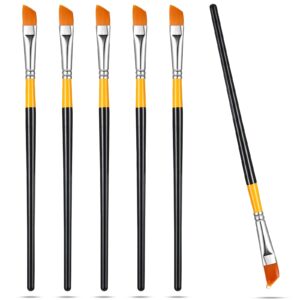
3. Filbert Brushes: Filbert brushes are ideal for blending and producing delicate edges due to their rounded, tapered shape. They blend the flexibility of round and flat brushes, making them useful for a variety of methods.
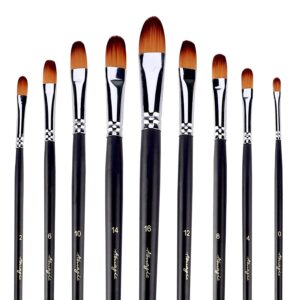
4. Angular Brushes: These brushes have a flat tip with an angled edge, allowing painters to make precise, slanted strokes. Sharp lines, details, and painting corners are all made easier using angular brushes.
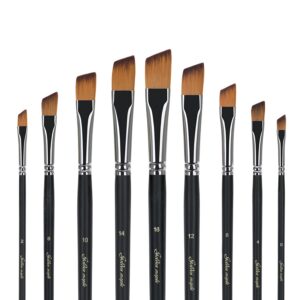
Brush Material Understanding:
After you’ve become acquainted with brush shapes, it’s critical to analyze the materials employed in their development. The bristle material has a considerable impact on the brush’s performance and lifespan. The following are the primary materials found in acrylic paint brushes:
1. Synthetic Bristles: Synthetic brushes, made of nylon or polyester, are resilient, keep their shape well, and are suitable for acrylic painting. They are frequently less expensive than natural bristle brushes and are a fantastic alternative for artists seeking precision and control.
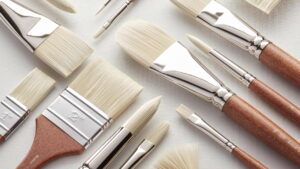
2. Natural Bristles: Natural bristle brushes, typically composed of hog or sable hair, are noted for their ability to hold and disperse paint smoothly. While they are excellent for some methods, they may not be the best choice for acrylics because the paint can cause the bristles to splay over time.
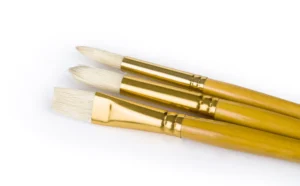
Selecting the Correct Size:
Choosing the appropriate brush size is critical for attaining the desired results in your acrylic paintings. Consider the size of your artwork as well as the level of detail you want to include. Following are some general guidelines:
1. Small Brushes (0-2): These are excellent for fine details, intricate lines, and delicate work.
2. Medium Brushes (4-8): Versatile brushes that may be used for everything from wide strokes to finer details.
3. Large Brushes (10 and up): Great for swiftly covering huge areas and creating powerful, expressive strokes.
Experimenting with Different Brush Brands:
Brushes are not all made equal, and the brand you choose can have a big impact on your painting experience. While personal preferences are important, established companies frequently create brushes of constant quality. Winsor & Newton, Princeton, and Da Vinci are some well-known acrylic brush manufacturers. Experimenting with various brands might help you find brushes that are tailored to your own style and preferences.
Taking Care of Your Brushes:
Brush maintenance is critical for extending the life and performance of your equipment. After each painting session, properly clean your brushes with mild soap and water. Brush bristles can be damaged if left in water for an extended period of time. To keep your brushes in shape, store them upright or horizontally.
Conclusion:
Choosing the appropriate brushes is an important step towards realizing your artistic vision in the huge world of acrylic painting. Understanding brush forms, materials, and sizes, as well as testing with recognized brands, will allow you to build a toolset that will allow you to express yourself with precision and creativity. Remember that each brush is a distinct tool in your artistic toolbox, adding to the rich tapestry of your creative journey. Accept the process of discovery and allow your brushes to become an extension of your artistic voice.
Some Best Brushes For Artist:
1. Sabahz Trading Round Pointed Tip Artist Paint Brushes – Link
2. ARTIOS Flat Paint Brushes – Link
3. ARTIOS Filbert Paint Brushes – Link
4. ARTIOS Angular Paint Brushes – Link
To learn more about art, visit SILPAVAT.IN

